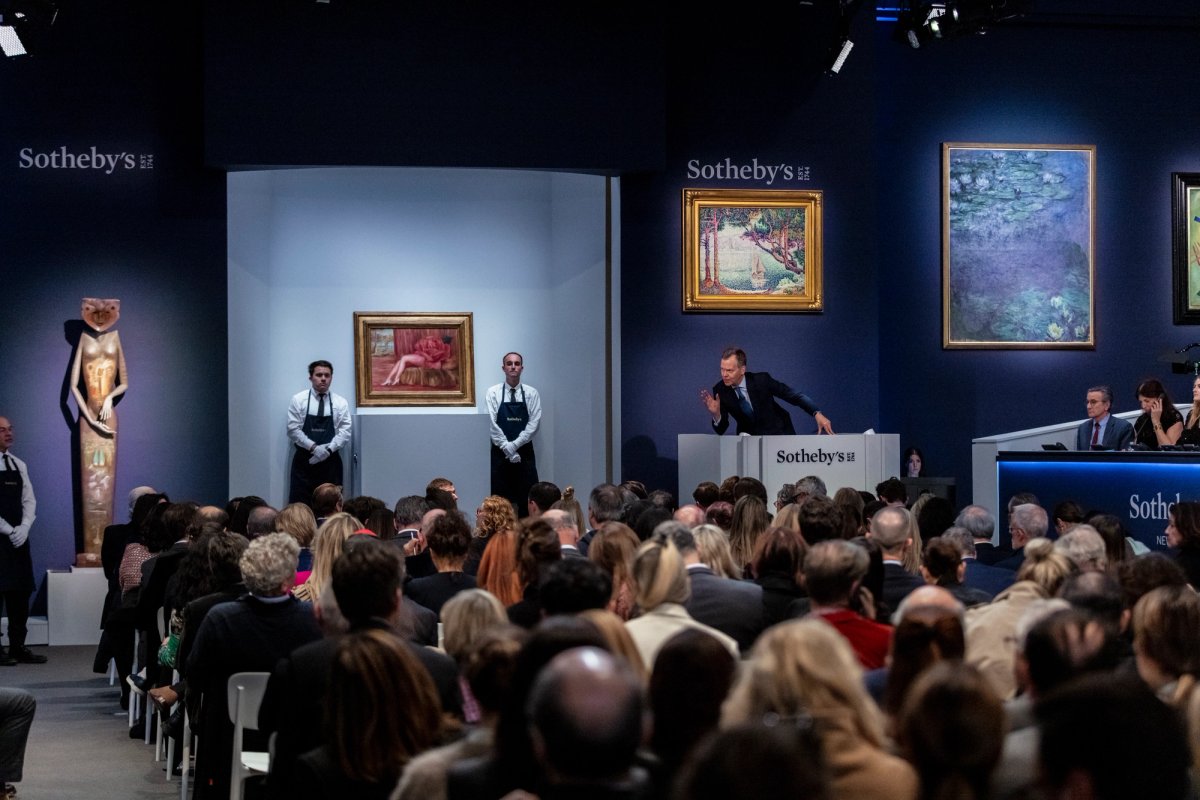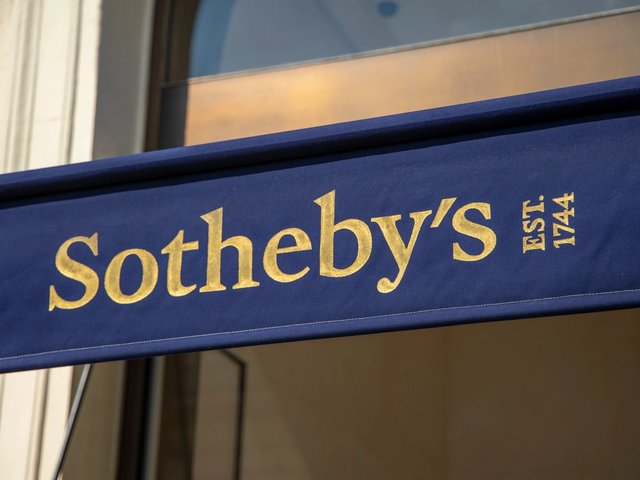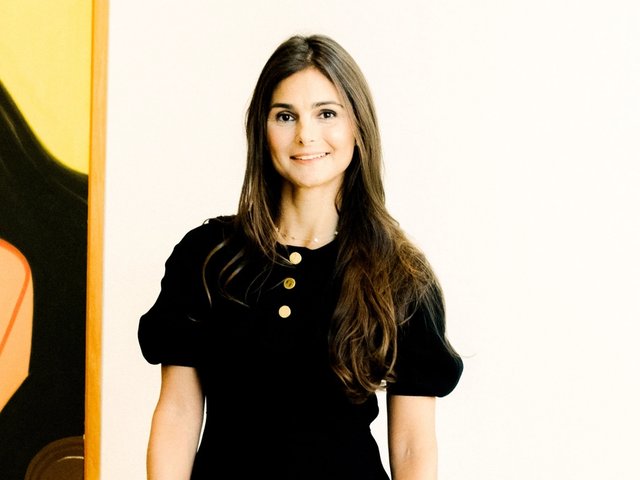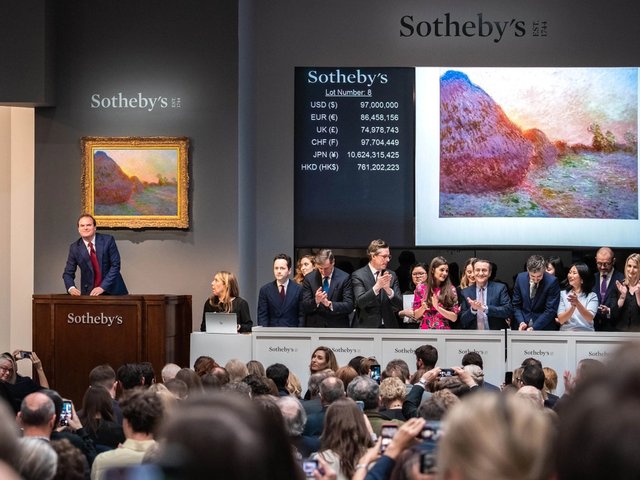Sales at Sotheby’s dropped by 23% in 2024, the auction house announced Thursday (23 January), after a turbulent year for one of the largest art sellers in the world in a challenging global market.
Auction sales fell by 28% last year, representing $4.6bn. The hardest-hit segment of the auction house was fine-art sales, which made $3.8bn, 31% less than in 2023, Sotheby’s says. Luxury fared better, dropping by only 4%, making $2.3bn, the second-consecutive year the department exceeded $2bn.
Sotheby’s says that last year’s 85% sell-through rate across all categories was an auction-house record, and that demand remained strong across lots of all price levels. Works priced at more than $15m received more bidders per lot in 2024 than in 2023.
Sotheby’s narrowly outperformed rival Christie’s, which last month reported an estimated $5.7bn in sales for 2024. Sotheby’s results over the past few years “demonstrates our success through different market conditions and cycles”, chief executive Charles Stewart said on Thursday.
Private sales bloom in difficult market
A rare point of growth in the down market was Sotheby’s private-sales division, which saw sales increase by 17% from 2023 to $1.4bn, the second highest in the company’s history.
“It's a reminder that in times of market uncertainty, clients often favour the discretion, the price control and flexible timing that private transactions offer,” says Lisa Dennison, chairman of Sotheby's North and South America.
Of last year’s private sales, 20% of value came from works priced at more than $20m, and the most popular artists were Jean-Michel Basquiat, Alberto Giacometti, Claude Monet, Pablo Picasso and Andy Warhol—not unlike at auction, Dennison notes.
While 2024’s value fell for single-owner sales—which have long been seen as a lifeline for auction houses—they still accounted for 25% of total lots sold, and will remain a key part of Sotheby’s strategy moving forward, the auction house says.
Layoffs, buyer’s fees and new investments
Last year was a tumultuous one for the auction house. In early 2024, Sotheby’s introduced a new buyer’s-fee structure that it went on to reverse just 10 months later after the offerings “proved less attractive to potential sellers”, Stewart told The Art Newspaper last month. The company also weathered several rounds of layoffs in its New York and London offices. And Sotheby’s core earnings had fallen by a staggering 88% during the first half of the year, according to a report from the Financial Times, which cited a document sent to investors shortly before the announcement that Abu Dhabi’s sovereign-wealth fund had taken a $1bn stake in the auction house.
Like other major auction houses, Sotheby’s is working to expand its global reach in hopes of reaching new customer bases. New spaces in Hong Kong and Paris have helped double foot traffic to Sotheby’s locations, a trend the auction house expects will continue with the New York headquarters’ relocation to the Breuer Building, which is scheduled for later this year. In 2024, Sotheby’s counted a record number of buyers in the Middle East, and next month it will hold Saudi Arabia’s first major auction, despite criticism over the kingdom’s record of human-rights abuses and censorship of free speech (A Sotheby’s spokesperson told The Art Newspaper in November that the country has “undergone a sustained period of unprecedented and positive change” over the past ten years).
Going into 2025, Sotheby’s executives project a sense of optimism.
“We're seeing a renewed sense of collector confidence, fueled in part, of course, by the falling interest-rate environment we're in and greater clarity following the recent presidential elections in the United States,” says Oliver Barker, chairman of Sotheby’s Europe.
Stewart says the company had roughly $800m “in [the] pipeline” for the first few months of 2025, which would make the first quarter one of the largest in Sotheby’s history.






